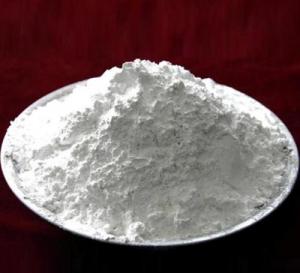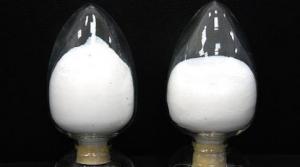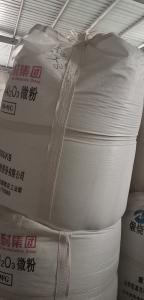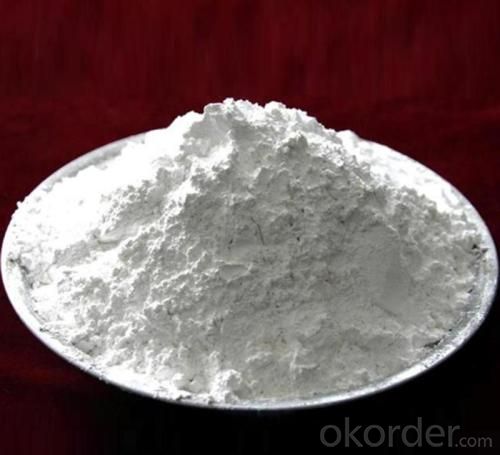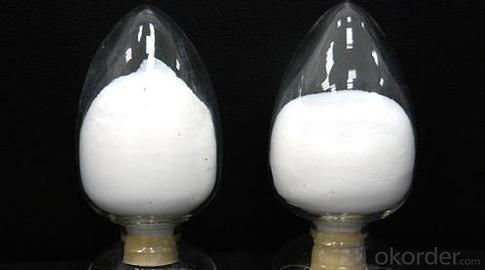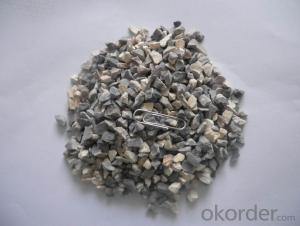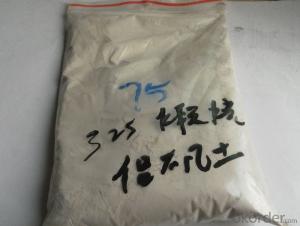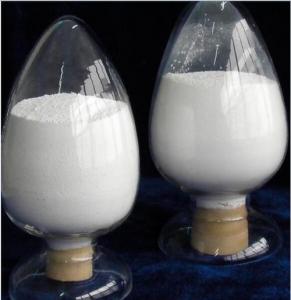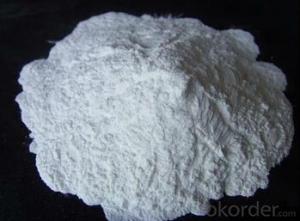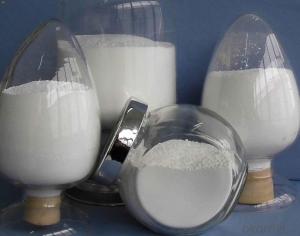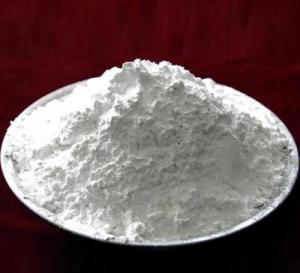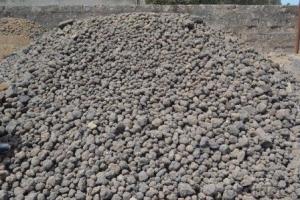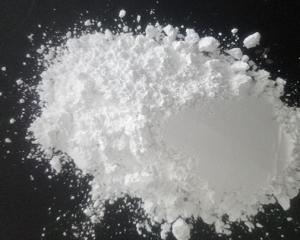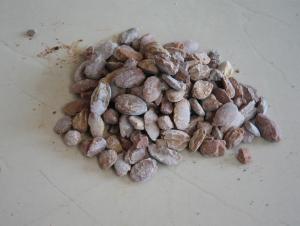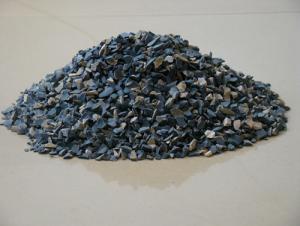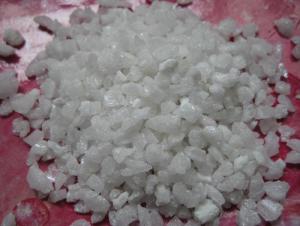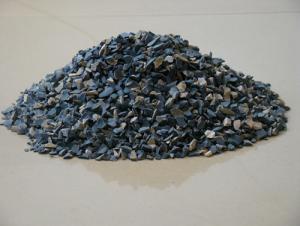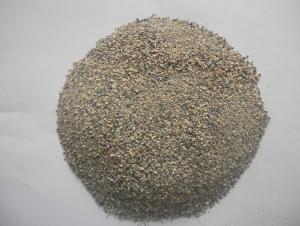Raw Materials for Refractory:Refractory Grade Calcined Alumina with D50:3-5um
- Loading Port:
- Tianjin
- Payment Terms:
- TT or LC
- Min Order Qty:
- 25 m.t.
- Supply Capability:
- 10000 m.t./month
OKorder Service Pledge
OKorder Financial Service
You Might Also Like
Quick Details
· Place of Origin: Shandong, China
· Shape: powder
· Material: Alumina
· Al2O3:99.2%min
· SiO2:0.05%max
· Fe2O3:0.04%max
· CAO:0.04%max
· Refractoriness (Degree):1770°< Refractoriness< 2000°
· Model Number:Customer's Requirement
· Brand Name:CMAX
· Application:Metallurgy and Refractory
· Product name: Calcined alumina
· Color: White
· Size:D50:3-5um/2-3um/1-3um
· BULK DENSITY:N/A
· Certificate:ISO9001
· Usage:Fire Resistance Place
· Type:Raw Refractory
· Packaging Details:Bags/As costomer's requirement'
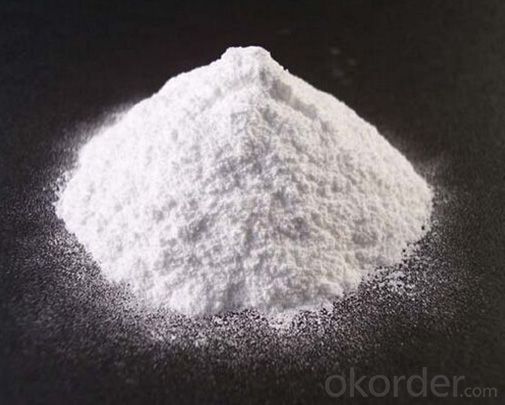
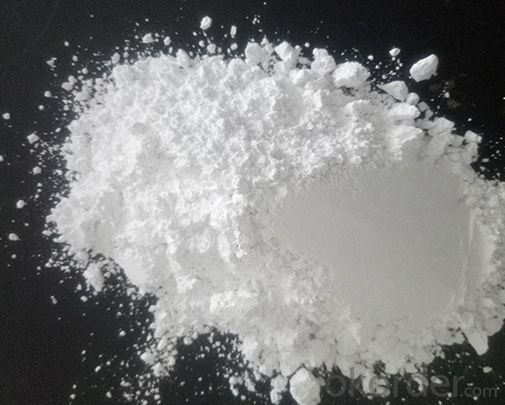
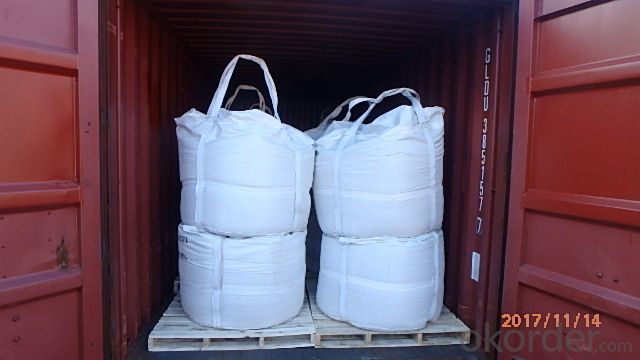
Quality assurance:
1.On a regular basis or as per your request,we entrust national testing agencies to conduct quality inspections
2. Strictly in accordance with the ISO9001-2008 international quality system standard,we monitor and manage the whole process throughout production,quality testing,and measurement to ensure product quality
FAQ:
Q: What kind of payments does your support?
A: T/T, L/C, Cash are accepted.
Q: Do you charge for the samples?
A: Accordeing to our company policy, the samples are free, you only charge the freight fee. And we will return the freight fee during the next order.
Q: Can you produce according to customers' design?
A: Sure, we are professional manufacturer.
Q: Do you have other products?
A: Yes, please check our other products in website.
- Q: How to distinguish the fire?rating of rubber and plastic thermal insulation material?
- Fire?rating grading of external wall thermal insulation materials. 1, China's national standard GB8624-97 divides the combustion performance of building materials external insulation materials into the following grade. Level A: Incombustible materials: Almost no burning materials. Level B1: Incombustible materials: Flame-like material has good fire-retardant effect. In case of fire in the air or at high temperature, it is difficult to fire and doesn't spread quickly, and when the fire source is removed after combustion, it stops immediately. Level B2: Incombustible materials: Combustible materials have a certain flame resistance. In case of fire in the air or at high temperature, it will immediately burst into flames, and easily leads to the spread of fire, such as poles, wooden frame, wooden beams and wooden stairs,ect. Level B3 : Incombustible materials: No flame-retardant effect, hidhly flammable and high fire risk. 2, The external wall thermal insulation materials could be divided according to the fire?rating. 1) thermal insulation material that has the level A combustion performance: Spraying inorganic fiber, glass wool, foam glass, ceramic foam, rock wool, foam cement and perlite obturator, and so on. 2), The thermal insulation material that has level B1 combustion performance: Special processed extruded polystyrene board (XPS) / special processed polyurethane (PU), phenolic and polystyrene powder. 3), Thermal insulation materials that have level B2 combustion performance: Molded polystyrene board (EPS), extruded polystyrene board (XPS), polyurethane (PU) and polyethylene (PE), etc. The information given is for reference only. Hope it will help you.
- Q: How many types of special refractories are there?
- Metal ceramics, high temperature coatings, high temperature fiber and other reinforced materials
- Q: What type of firebrick does TZ-3 represent?
- Z represents a straight brick, T stands for common brick, common straight standard brick, -3 represents the length, and the specification is 230 * 114 * 65 (mm).
- Q: Which industry does the metallurgy and thermal insulating and refractory material belong to?
- It belongs to the refractory industry, which has its own trade association.
- Q: What are the features of construction class A fire resistant door ?
- Residential building: If the building height exceeds 100 meters, the combustion performance of thermal insulation material should be A level. Other civil building: Class A fireproofing material MCM should be set in buildings whose height is above 50 meters. National A level fireproof flexible?material is made up of soil, rock flour, sand, cement and other inorganic powder and modifying agent. Product density is 2327kg / m3. Upon examination, the combustion performance of the product meets A level requirements, and the additional classification meets s2, d0, t0 requirements. According to GB 8624-2006 sepcification, combustion performance of the product should reach A2-s2, d0, t0 level. Light, thin: 2-4mm thick / piece, saving space and cement, convenient to transport. : State Class A fireproof flexible?material. Freezing-thaw resistance: up to 100 freezing-thaw experiments (close to 100 years), the surface has no powder, no crack and no peeling. Aging and acid resistance: anti-aging property can reach more than 3500h, that is, it will not degenerate for 50 years. Recyclable: new energy, renewable , no "three wastes" emission
- Q: I would like to know if there is any requirement for refractories in the crucible type high-frequency smelting furnace Worry! I hope you can help me! This time!
- Stable chemical properties. The crucible material should not be hydrolyzed at low temperature. It is difficult to be decomposed and reduced at high temperature and is not susceptible to corrosion by molten slag and molten metal;
- Q: Fire resistance and evaluation of refractory for casting
- The refractory degree of refractory material at high temperature is called refractoriness. Refractory products all contain substances from fusible sintering action, the melt crystal as unlike at a fixed temperature, but the temperature in a wide range. At a lower temperature, a small amount of melt is formed, and as the temperature increases, the amount of the melt increases, and the product gradually softens. Refractoriness and melting point (crystal) are different concepts.
- Q: How to make the service life of refractory materials longer?
- Take acid resistant refractory materials as example: the atmosphere should be acidic atmosphere, if used in an environment whose temperature is 1900℃, it would exacerbate the loss of refractory materials, so don’t use overloaded. Second, select the appropriate refractory materials according to the environment. For example, if its operating temperature is 1800℃, generally speaking, the normal use of it according to the instruction of refractory materials would be fine.
- Q: What are the uses of refractory materials of glass furnace?
- What are the uses of refractory materials of glass furnace? The refractory materials of glass furnace have a good corrosion resistance to steel slag, but are poor in thermal shock resistance, and the deformation temperature of loading at high temperature is low. Magnesite chrome bricks which are made of chrome ore and magnesia In different proportions have a good thermal shock resistance. They are mainly used as crown bricks of basic open-hearth furnace. The refractory materials of glass furnace are mainly applied to open-hearth furnace, oxygen-blown converter, electric furnace, non-ferrous metal smelting as well as some high-temperature thermal equipments, and they can be used for reaction tanks and liners of autoclave.
- Q: How to distinguish the fire resistant level of construction materials?
- Division of fire resistant level of building material: 1, It can be divided into five levels according to the importance: a, special class: commerative, historic, international and national buildings. b, Class A: high-grade residential architecture and public building. c, class B: middle-grade residential architecture and public building. d, class C: orinary residential architecture and public building. 2, It can be divided into four grades according to fireproof?performance: Fire resistance level buildings is divided into four levels. Standard of fire resistant level is based on the combustion performance and fire endurance of main components of the house. 3, It can be divided into 4 levels according to durable life: a, A grade durable life, over 100 years, for important buildings and high-rise buildings. b, second level durable life, from 50 to 100 years, for ordinary buildings. c, third level durable life, from 25 to 50 years, for secondary buildings. D, fourth level durable life, less than15 years , for temporary buildings. I hope my answers will help you.
Send your message to us
Raw Materials for Refractory:Refractory Grade Calcined Alumina with D50:3-5um
- Loading Port:
- Tianjin
- Payment Terms:
- TT or LC
- Min Order Qty:
- 25 m.t.
- Supply Capability:
- 10000 m.t./month
OKorder Service Pledge
OKorder Financial Service
Similar products
Hot products
Hot Searches
Related keywords
